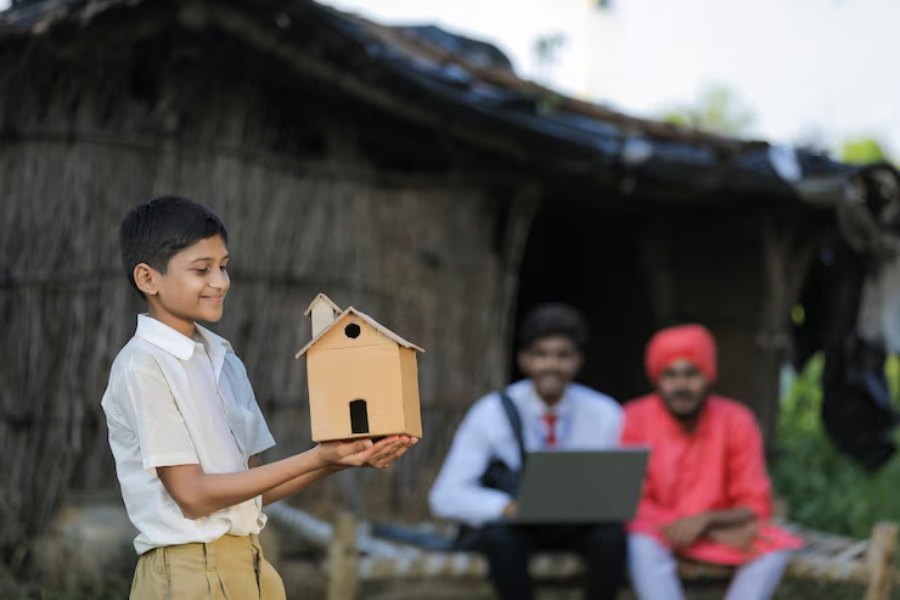The United States is home to many vibrant cultures, and among the most unique is that of the Gullah-Geechee people.
This remarkable American culture stretches back to the seventeenth century, deeply rooted in the experiences of captive Africans brought to the southern United States. Over time, however, these communities developed a distinctive new language and reshaped their African traditions by incorporating elements of the Southeastern environment.
But like many cultural traditions, Gullah-Geechee heritage faces real challenges today. Development pressure, rising property costs, and the natural passing of elder generations threaten to weaken these deep-rooted customs.
Amidst all this, the Gullah-Geechee community is battling to preserve its culture. The good news? You can play a meaningful role in helping preserve this incredible culture for future generations. Here’s how.
Learn About the Gullah-Geechee Culture
The first step in supporting any community is understanding who they are and what makes them special.
The Gullah-Geechee people are descendants of enslaved Africans who worked rice, indigo, and cotton plantations throughout the Lowcountry. Their relative isolation on barrier islands allowed them to maintain more African cultural elements than other African American communities.
To learn about the Gullah-Geechee culture, you can visit cultural centers like the Gullah Geechee Cultural Heritage Center at Georgia Southern University. It provides immersive programs, exhibits, and research opportunities that illuminate Gullah-Geechee traditions and their influence on the region.
The MSU Denver Department of Africana Studies also offers a Gullah Experience class. It delves into topics like rice cultivation, the Gullah language, and the ring shout, a signature musical form.
Online resources are also available, such as the Gullah Virtual Library. This digital hub features videos, lesson plans, Gullah recipes, virtual tours, and historical presentations. For a direct experience, consider taking a Gullah/Geechee boat tour in Charleston, South Carolina, or Georgia. These tours offer insights into their language, music, and stories.
Touring historical sites like Bellamy Mansion or Poplar Grove Plantation also offers glimpses into enslaved lives.
Attend Cultural Events and Festivals
Nothing beats experiencing Gullah-Geechee culture firsthand through community events. These gatherings serve as living classrooms where elders pass down traditions, recipes, stories, and language to younger generations.
You’ll enjoy soulful Gullah cuisine, spirituals, storytelling, and even sweetgrass basket weaving demos.
The Gullah Geechee Heritage Festival in St. Augustine, Florida, is a great example. It celebrates early Black settlers with food, games, and cultural exhibits.
During Black History Month in February, Colorado also offers ways to connect with Black heritage. In Colorado Springs, the Pioneers Museum showcases African American history year-round, while the Fine Arts Center at Colorado College often features related exhibits.
If you’re hitting the road to attend these events, keep in mind that Colorado Springs averages about 4.8 inches of snowfall in February. That increases the risk of accidents.
Still, if you get into an accident due to the fault of another party, a reliable Colorado Springs auto accident attorney can help with legal guidance.
However, take care to choose an attorney and hire only one experienced in handling car accident claims. That is because Colorado has specific rules for seeking compensation that skilled attorneys understand best, notes Springs Law Group.
Support Gullah-Geechee Businesses and Artists
Buying from the Gullah-Geeche community is a direct way to honor their heritage and combat economic challenges they may face.
This economic empowerment helps keep their unique traditions alive. Many traditional arts and foodways, born out of necessity during enslavement, have evolved into vital economic drivers.
Look for their beautiful sweetgrass baskets. These are very old African crafts, and each one represents immense dedication and inherited knowledge. They come in many styles, like fanning, bread, or storage baskets.
You can also find vibrant quilts, especially story quilts. These colorful textile pieces often tell historical tales through their designs. Many Gullah-Geechee artists also create unique paintings and other artworks that share stories of their lives and culture. Artists like Sabreee and Renee are fantastic examples of this vibrant artistic expression.
You can find these special items in several places. The “Sweetgrass Basket Makers Highway” near Mount Pleasant, South Carolina, is famous for these intricate crafts. The Charleston City Market is another great spot. For art, visit Sabreee’s Gullah Art Gallery in Savannah, Georgia.
The Gullah Geechee Family Foundation also operates an online shop featuring art and books by artists like Quadre’ Stuckey.
A Role in a Living Legacy
The Gullah-Geechee culture is a vibrant, living testament to the indomitable spirit of a people who have preserved their heritage through centuries of adversity. Their story is a powerful reminder of the strength found in community, resilience, and the enduring power of cultural identity.
Every action, whether it is learning their history, attending a festival, or supporting their business, contributes to the vibrant future of this unique community. Your engagement helps ensure that the Gullah-Geechee voice continues to resonate, their traditions flourish, and their legacy enriches the fabric of America for generations to come.


